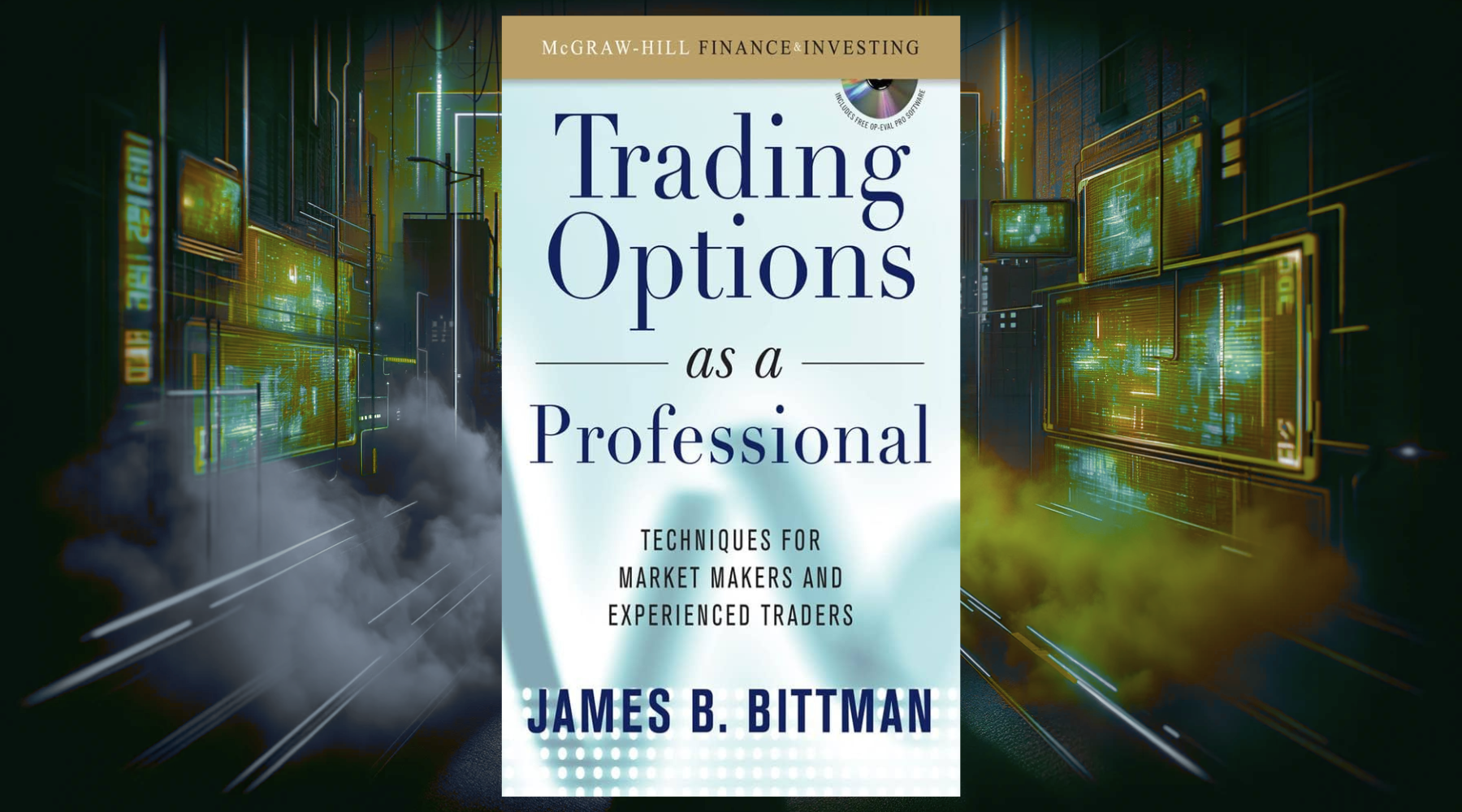Introduction to Mark to Market
If you follow the financial markets or invest in stocks and securities, you may have heard the term “mark to market” used in relation to accounting practices. But what does this actually mean and why does it matter?
Put simply, mark to market or fair value accounting refers to the practice of adjusting the book value of an asset on the balance sheet to reflect its current fair market value. So rather than recording assets at their historical purchased price, they are updated to market prices.
For example, let’s say a company purchases a stock investment for $1000. Over the next year, the fair market value of those stocks increases to $1500 based on the current trading price. Under mark to market accounting, the company would revalue that asset on their balance sheet from the original $1000 cost to the current $1500 market value.
This differs from other accounting methods like historical cost accounting, which never update the value and instead record assets only at original cost. Mark to market provides a more accurate “snapshot” of what a company’s assets would be worth if liquidated and sold at current market rates.

The use of mark to market varies across industries and types of assets, but it broadly aims to give investors and stakeholders a transparent look at the fair or "realizable" value of a company’s financial position. When applied accurately and ethically, this accounting method provides useful insight compared to alternatives like historical cost.
What Assets Use mark to market accounting?
While mark to market can theoretically be applied to many asset types from real estate to equipment, in practice it is primarily used for investment securities and trading portfolios. These assets have publicly available market prices, making periodic revaluations easier.
For example, stocks, bonds, derivatives, and other trading securities are commonly recorded at fair market value rather than historical costs. Their prices fluctuate rapidly, so marking to market presents a more accurate picture on financial statements versus cost.
Banks, insurance firms, mutual funds, and other financial services companies heavily utilize mark to market for their investment holdings. Certain commodities like grain or lumber may also be marked to market when held for sale.
Additionally, accounting standards mandate the use of mark to market for certain securities. For example, under US GAAP rules, trading securities and “available-for-sale” securities must be recorded at fair value. So standardization has increased adoption.
While mark to market application differs across industries, it broadly applies for assets with readily available market data. This enables balance sheets to better reflect the realizable value at a point in time versus initial purchase prices.
Why Use who own us debt
Mark to market accounting comes with several important benefits compared to alternatives like the traditional historical cost method:
- Reflects current values: By updating asset values to fair market prices, financial statements provide a more accurate and timely view of what those assets are truly worth in the market.
- Increases transparency: Marking tradable assets to current market prices allows investors and stakeholders to understand what could be realized if sold today. It reduces uncertainty.
- Enables better financial control: comparing current prices to recorded values lets businesses track when investments become overvalued or underpriced. This allows for better internal portfolio management.
- Could reduce tax burdens: In some cases, declaring lower market values can lower capital gains tax burdens if the investments are sold. This flexibility is not as available under historical cost.
The main takeaway is that mark to market adheres as closely as possible to the current objective value that could be realized in the market. This hands stakeholders a transparent “scorecard” revealing the economic realities facing the business.
Dangers and Pitfalls of book value
While mark to market delivers transparency and accuracy when applied properly, there are certain downsides to consider:
- Susceptible to manipulation: Since companies have some discretion in declaring “fair values”, this can tempt them to inflate asset values more aggressively than appropriate to appear healthier. Proper oversight is key.
- Creates accounting mismatches: If some assets are marked to market but liabilities are not, this distorts financial ratios used for analysis like debt-to-equity. Mixed accounting methods deliver confusing perspectives.
- Increases income statement volatility: Frequent revaluations mean periodic "paper" gains and losses each quarter as prices fluctuate. This volatility reduces income statement consistency for analysis.
- Difficult without market data: Assigning fair market value requires assets have pricing transparency through trading activity or indexes. This is not available for many tangible goods like real estate or equipment.
Perhaps most infamously, energy giant Enron leveraged Mark to market accounting to manipulate their books and record speculative future profits as current income. This fraud eventually imploded. The Enron scandal highlighted mark to market's darker side - managers can distort figures under the guise of declaring “fair value”.
Final Thoughts
When applied ethically, marking assets to current fair market values provides financial transparency otherwise unattainable under traditional cost accounting. Investors and executives gain a true insight into the realizable value of investments on the balance sheet updated in real-time.
However, prudent oversight and controls must govern the process given the leeway managers have in assessing “fair value”. Reliable third-party data should inform estimates as much as possible. Training, checks, and balances will help sustain compliance and accuracy.







